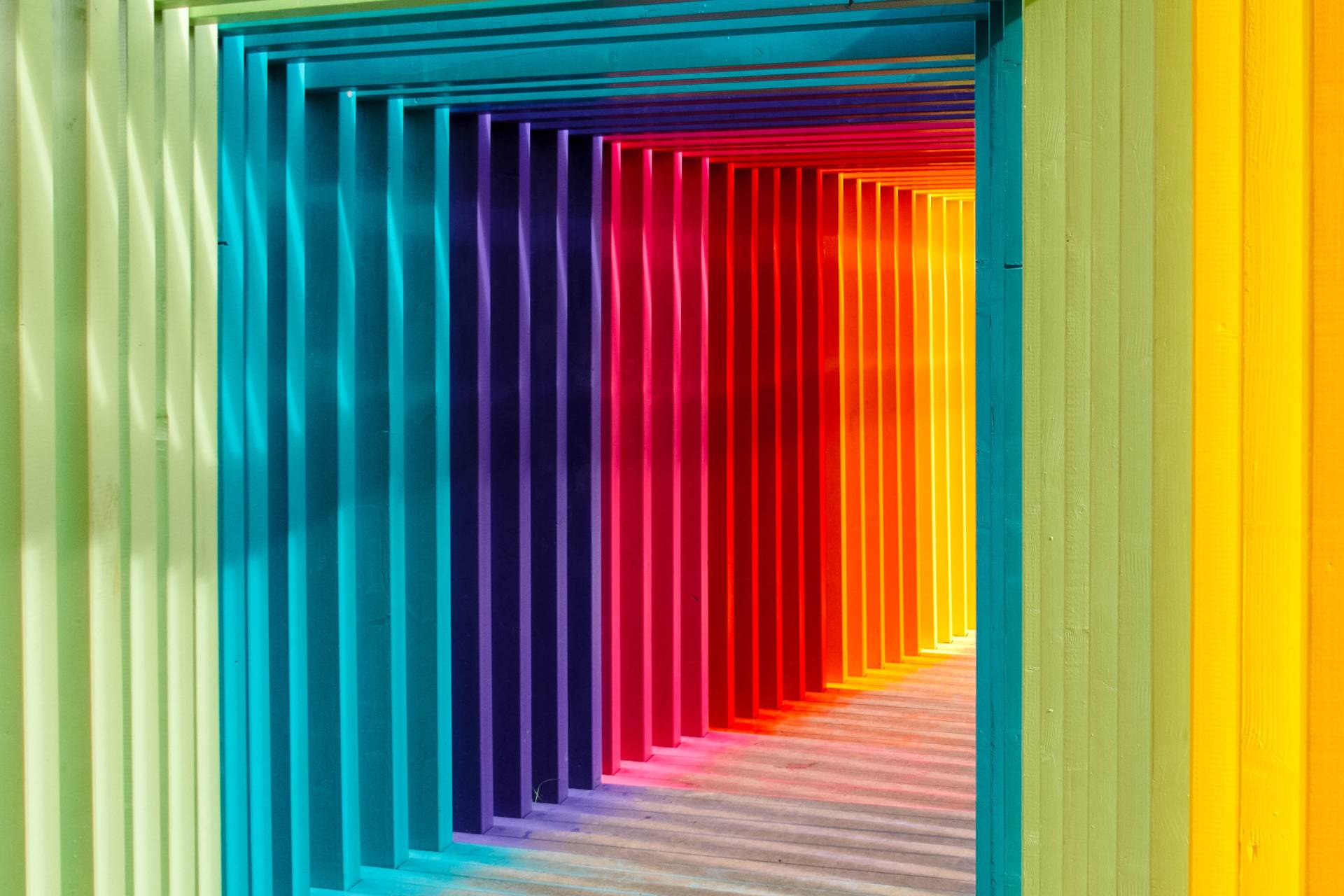Introduction:
Color is an integral part of our daily lives, and it has a profound impact on our emotions, mood, and overall well-being. Whether we are aware of it or not, colors have the ability to evoke specific feelings and influence our perceptions. In this blog post, we will delve into the fascinating world of color psychology and explore how different colors can affect our emotions.
The Language of Colors:
Colors possess a unique language that communicates with our subconscious mind. They have the power to evoke memories, trigger emotions, and shape our perceptions of the world. Understanding this language is crucial for harnessing the psychological effects of color.
Warm vs. Cool Colors:
Warm colors, such as red, orange, and yellow, are associated with energy, passion, and warmth. They can create a sense of excitement and stimulate the senses. On the other hand, cool colors, like blue, green, and purple, are calming, soothing, and often associated with tranquility and serenity. These distinct categories can be used strategically to elicit specific emotional responses.
Red: The Color of Energy and Intensity:
Red is a vibrant and attention-grabbing color that symbolizes passion, love, and energy. It can raise heart rate, increase blood pressure, and stimulate excitement. Red is often used to create a sense of urgency, grab attention, and evoke strong emotions.
Blue: The Color of Calmness and Stability:
Blue is commonly associated with feelings of calmness, tranquility, and relaxation. It has a soothing effect on the mind and body, often used to create a sense of trust and reliability. Blue is frequently employed in environments that require focus and concentration.
Yellow: The Color of Optimism and Happiness:
Yellow is a cheerful and uplifting color that symbolizes happiness, optimism, and positivity. It can evoke feelings of joy and stimulate mental activity. Yellow is often used to catch attention, convey energy, and promote a positive outlook.
Green: The Color of Balance and Harmony:
Green is associated with nature, balance, and harmony. It has a calming and refreshing effect, making it ideal for promoting relaxation and reducing stress. Green is commonly used in spaces where people seek renewal and rejuvenation.
Purple: The Color of Creativity and Spirituality:
Purple is a rich and mysterious color often associated with creativity, spirituality, and luxury. It can inspire imagination, stimulate artistic thinking, and encourage a sense of introspection. Purple is utilized to create an atmosphere of elegance and sophistication.
The Role of Culture and Personal Associations:
While colors have universal meanings to some extent, their interpretations can also vary across cultures and individual experiences. Cultural background and personal associations can influence the emotional impact of colors. It is important to consider these factors when leveraging color psychology.
Conclusion:
Colors possess a remarkable ability to influence our emotions and shape our experiences. By understanding the principles of color psychology, we can utilize the power of colors to create environments that inspire, uplift, and engage individuals on a deeper level. Whether it's in interior design, marketing, or personal well-being, embracing the impact of color can lead to a more harmonious and emotionally enriched life.
Remember, the next time you encounter a vivid hue or find yourself drawn to a specific color, take a moment to reflect on the emotions it elicits within you. Harness the language of colors to create the world you desire and surround yourself with the emotional experiences that truly resonate with your soul.


